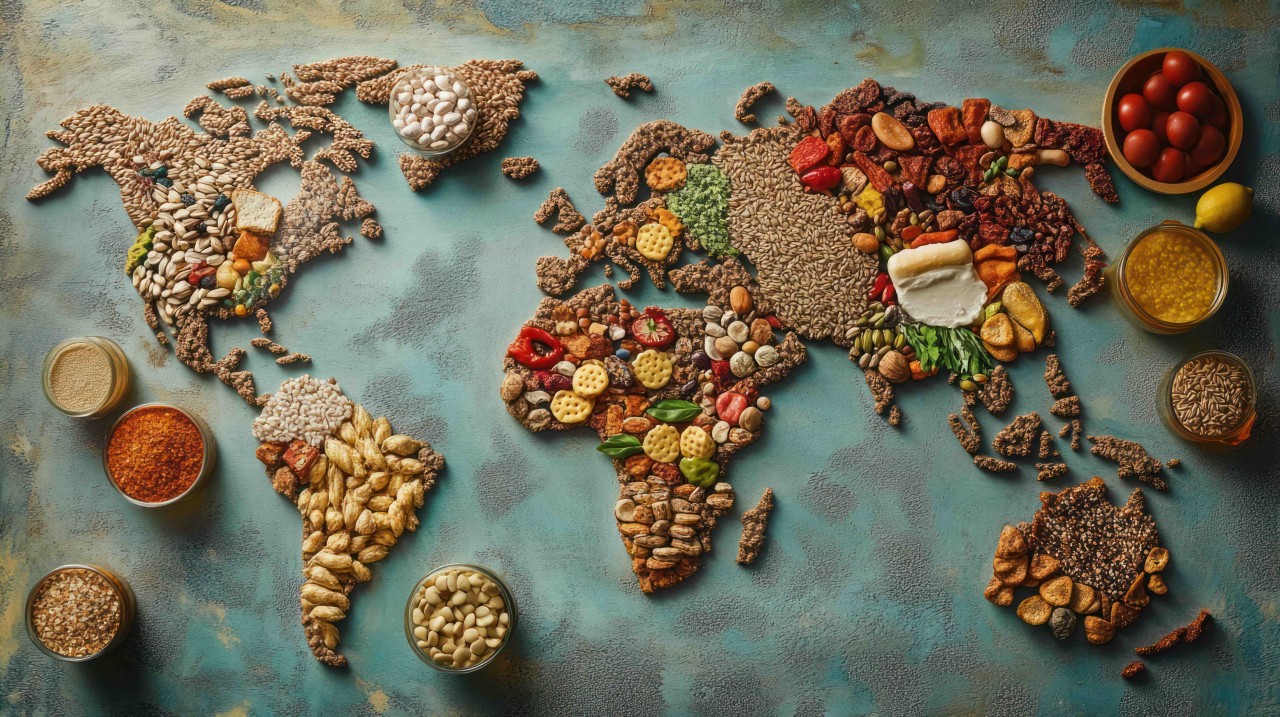
Chamberlains of London – Global food trends for 2025 promise to redefine the way we think about eating. The growing awareness of sustainability and health-conscious choices drives these changes. Innovations in food production and preparation will significantly influence what is on our plates. Food experiences will evolve with technological advancements, cultural shifts, and environmental concerns. Let’s take a closer look at some of the trends to expect in 2025.
The demand for plant-based foods is on the rise. More consumers are choosing plant-based diets, both for health and ethical reasons. By 2025, the plant-based food market is expected to grow even more. Companies are creating plant-based versions of meat, dairy, and even seafood. These products mimic the taste and texture of animal products. With more options, plant-based diets will become more accessible to people worldwide.
Consumers will also expect better-tasting plant-based foods. The advancements in food technology will improve the quality of plant-based alternatives. As a result, even those who are not fully plant-based will embrace these options. The versatility of plant-based products will allow them to be used in a variety of dishes.
“Read about: Mozaic Restaurant: Where Modern Gastronomy Meets the Heart of Ubud”
Sustainability will continue to be at the forefront of global food trends. People are increasingly aware of the environmental impact of their food choices. Locally sourced ingredients will become a major part of menus worldwide. This trend will help reduce carbon footprints while supporting local farmers and producers. Farm-to-table restaurants and markets will expand in popularity. Seasonal produce will also be emphasized in dishes to minimize waste.
The focus on sustainability will also bring more plant-based, organic, and eco-friendly ingredients to the forefront. Expect to see more sustainable packaging, reusable containers, and minimal food waste practices as well.
“Read more: A Review of Crystal Jade: Singapore’s Best Spot for Dim Sum and Fusion Dishes”
Functional foods are those that provide health benefits beyond basic nutrition. These foods will become more mainstream by 2025. Foods enriched with probiotics, vitamins, and minerals will be in high demand. Consumers will seek out products that promote gut health, immunity, and overall well-being. Fermented foods, such as kimchi and kombucha, will be consumed more regularly.
Health-conscious individuals will seek foods that provide energy, better sleep, and stress relief. As awareness of mental health grows, expect to see more food options focused on improving mood and reducing anxiety. The global food industry will respond by offering foods that support both physical and mental health.
Advancements in technology will change food production and delivery. 3D printing and lab-grown meat will become more widespread. These innovations will offer new ways to create sustainable, healthy food. Additionally, personalized nutrition will become more accessible. Apps and devices will analyze individual health data to recommend specific foods tailored to personal needs.
Food delivery services will also evolve with the rise of drones and autonomous vehicles. The convenience of on-demand food delivery will increase, and it will be faster and more efficient than ever. As a result, food will reach consumers quickly, regardless of location.
Cultural exchange and global travel will influence food choices. Global flavors will become a central theme in menus worldwide. Expect to see more fusion cuisines, mixing traditional dishes from different regions. For example, taco sushi or curry-flavored pizza might become common.
Consumers are more open to trying new flavors and ingredients. This trend will encourage chefs to experiment with bold and unexpected combinations. The influence of global street food will be seen in gourmet restaurants, offering an exciting and diverse culinary experience.
Zero-waste dining will grow in popularity as the world grapples with food waste. Restaurants and cafes will adopt practices to reduce food waste in their kitchens. Food scraps will be repurposed into new dishes, and composting will be more common. Consumers will demand more transparency in how food is produced and discarded.
Zero-waste packaging will be a growing trend as well. More restaurants will use reusable containers or biodegradable packaging. The focus on sustainability will push the food industry to rethink how food is handled and consumed.
Alternative proteins, such as insects, algae, and lab-grown meat, will gain traction. These sources of protein are not only sustainable but also nutritious. By 2025, more consumers will accept and even prefer alternative proteins. Insects, for instance, are rich in protein and require fewer resources to produce. Algae will become a popular source of protein, as it is high in essential vitamins and minerals.
Lab-grown meat will provide a cruelty-free and environmentally friendly alternative to traditional animal meat. As these alternatives become more mainstream, they will be incorporated into a wide range of dishes. Expect to see alternative protein products in supermarkets and restaurants around the world.
In 2025, food trends will continue to evolve in exciting and innovative ways. From plant-based options to global flavors, the culinary world will offer a variety of choices. Sustainability and health will remain central to these changes. As technology, culture, and environmental concerns shape our food choices, we can expect an exciting food revolution. The way we eat and think about food will continue to transform in the years to come.